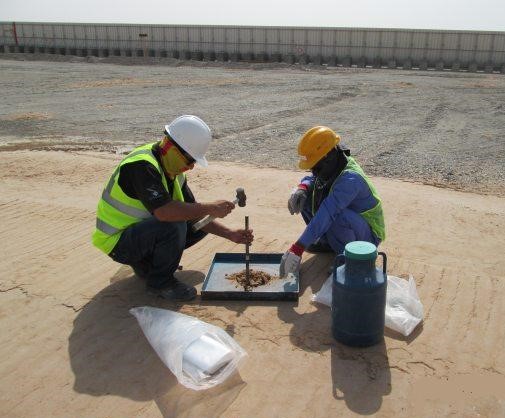Quality Tests That A Civil Engineer And A Quality Engineer Should Know!

If you are a Civil Engineer or a Quality Engineer and you are new to the field of construction and guess why? I am writing this because I am going to show you, what are the tests to be applied in the particular activity on your ongoing project. There are various tests needed in different areas of site activities whether it is in infrastructure or building projects. Infrastructure projects like road, embankment, bridge, viaduct, tunnel, dam etc. In the building project, it has common test that normally done which I will show in the foregoing paragraph. So let us proceed with the following different types of test in different areas of your site. On Infrastructure & Road projects When I was in the City Engineering Department in my home country. Our projects there were roads, bridge, school buildings, public market, coliseum, park but most of the projects I attended were roads like 8 kilometers long and the longest is 15 km including drainage and box-culvert. Here are the t...
